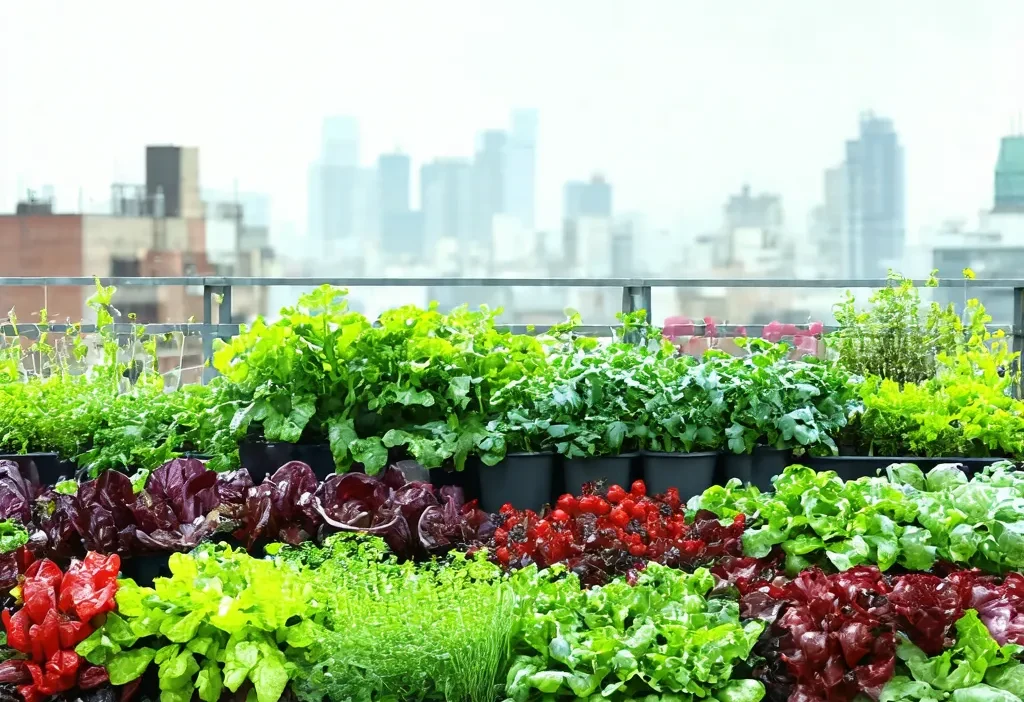Urban Farming: Revolutionizing the Way We Grow Food
Imagine walking through your city and seeing skyscrapers surrounded by lush greenery, where rooftops are transformed into vibrant gardens. This isn’t just a futuristic vision—it’s happening right now with urban farming. In this blog post, we’ll explore how urban farming is reshaping our cities, the benefits it brings, and the challenges we face in making it sustainable for the future.
What is Urban Farming?
Urban farming involves growing food in urban areas using innovative techniques that maximize space and resources. It’s not just about planting a few herbs on your windowsill; it’s about creating large-scale agricultural systems within city limits. From rooftop gardens to vertical farms, urban farming is all about making the most of limited space while producing fresh, healthy food for urban populations.
The Benefits of Urban Farming
Urban farming offers a multitude of benefits that go beyond just providing food. Here are some key advantages:
- Reduced Carbon Footprint: By growing food locally, urban farming reduces the need for long-distance transportation, cutting down on carbon emissions and helping combat climate change.
- Fresh and Nutritious Food: Urban farms often use organic methods, ensuring that the produce is free from harmful pesticides and chemicals. Plus, the shorter supply chain means fruits and vegetables are fresher and more nutritious when they reach your plate.
- Community Engagement: Urban farming projects often bring people together, fostering a sense of community and shared purpose. They provide opportunities for education, skill development, and social interaction.
Innovative Techniques in Urban Farming
Urban farming relies on cutting-edge techniques to make the most of limited space and resources. Some of these include:
- Vertical Farming: This method involves growing plants in vertically stacked layers, often using hydroponics or aeroponics. It’s ideal for urban settings where space is at a premium.
- Hydroponics: Hydroponic systems grow plants without soil, instead using nutrient-rich water solutions. This method uses less water and can be set up in small spaces.
- Aquaponics: Combining aquaculture (fish farming) with hydroponics, this system recirculates water between fish tanks and plant beds, creating a self-sustaining ecosystem.
The Challenges of Urban Farming
Despite its many benefits, urban farming isn’t without its challenges. Let’s take a look at some of the hurdles that need to be overcome:
- High Initial Costs: Setting up an urban farm can require significant investment in equipment, infrastructure, and training.
- Limited Space: Finding suitable locations for urban farms can be difficult, especially in densely populated areas where space is at a premium.
- Regulatory Hurdles: Zoning laws, building codes, and other regulations can make it challenging to establish and operate urban farms legally.
The Future of Urban Farming
Urban farming is still in its infancy, but its potential to transform our cities is immense. As technology advances and awareness grows, we can expect to see more innovative solutions that address the challenges of urban farming. From smart technologies that optimize growing conditions to community-driven initiatives that empower people to take control of their food supply, the future looks bright for this sustainable practice.
If you’re interested in learning more about urban farming or want to get involved, there are plenty of resources available. Check out organizations like Urban Farming Connection and explore local initiatives in your area. Together, we can work towards creating a sustainable future where cities thrive as green, food-secure environments.





